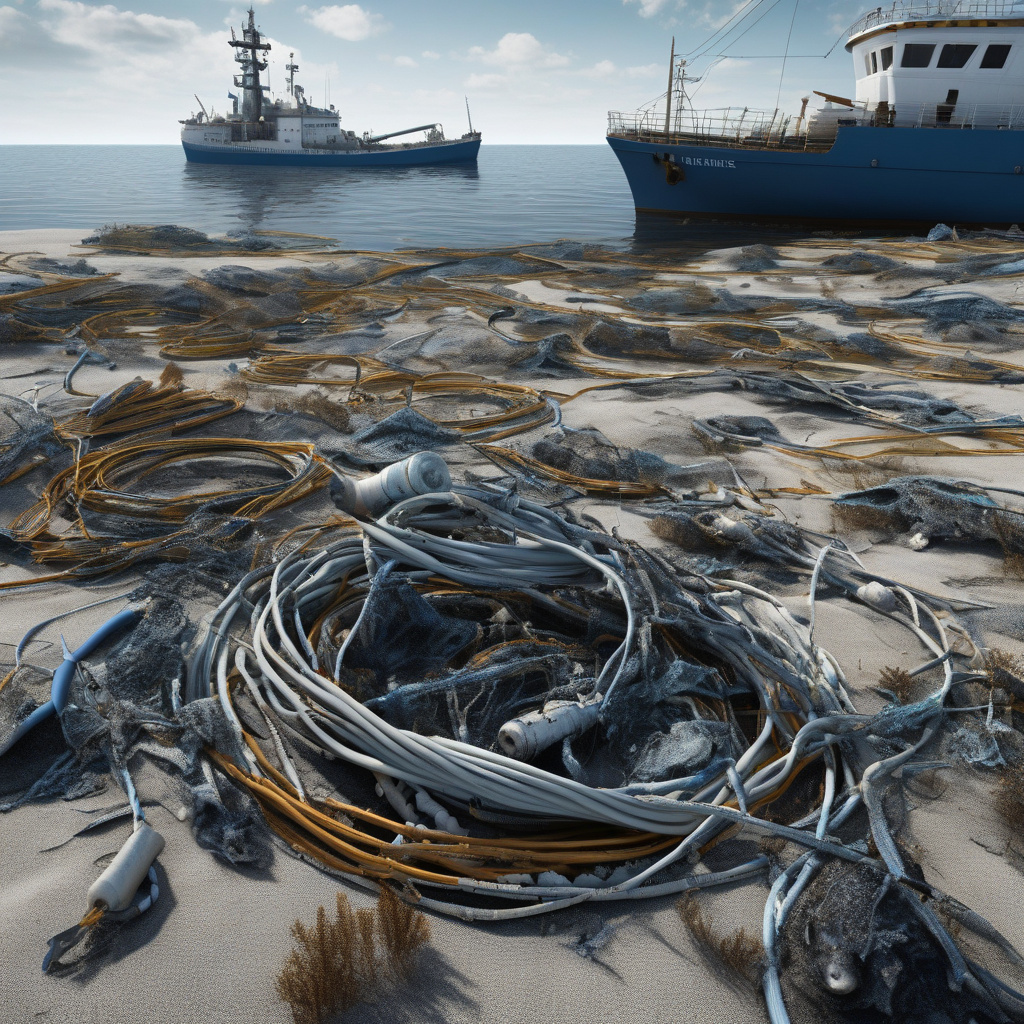Sweden’s SHK Unable to Determine Cause of Baltic Sea Cable Damage
Sweden’s maritime investigation authority, the SHK, recently faced a perplexing challenge when trying to determine the cause of damage to a crucial Baltic Sea cable. The cable, vital for communication and connectivity in the region, suffered a significant disruption, prompting concerns about the implications for various industries and sectors that rely on uninterrupted data transmission. However, despite extensive investigations and analysis, the SHK found itself unable to definitively pinpoint whether the damage was a result of an accident or deliberate sabotage.
The ambiguity surrounding the cause of the Baltic Sea cable damage has raised alarms and led to speculation about the potential motives behind such an incident. Accidents involving undersea cables are not uncommon, often caused by natural events like anchor drags from passing ships or geological shifts. On the other hand, deliberate sabotage of undersea cables represents a more sinister and calculated threat, with the potential to disrupt not only communication networks but also entire economies and national security.
In the case of the Baltic Sea cable damage, the lack of conclusive evidence pointing to either scenario has left authorities and stakeholders in a state of unease. The uncertainty surrounding the incident underscores the vulnerability of critical infrastructure to both accidental and intentional disruptions, highlighting the pressing need for enhanced security measures and contingency plans to mitigate such risks.
The implications of the Baltic Sea cable damage extend beyond the immediate technical and logistical challenges of repairing the infrastructure. The incident serves as a stark reminder of the interconnected nature of modern societies and economies, where disruptions in one area can have far-reaching consequences across multiple sectors. From financial transactions and international trade to emergency response systems and diplomatic communications, the reliance on secure and reliable data transmission is paramount in today’s digital age.
Moreover, the inability to definitively determine the cause of the cable damage raises questions about the effectiveness of current monitoring and surveillance mechanisms in safeguarding critical infrastructure. As technology advances and threats evolve, ensuring the resilience of undersea cables and other essential components of the global communication network becomes an increasingly complex and urgent task.
Moving forward, the incident in the Baltic Sea serves as a wake-up call for governments, industry players, and cybersecurity experts to collaborate on enhancing the security and resilience of undersea cables and communication networks. This includes investing in advanced monitoring technologies, implementing robust encryption protocols, conducting regular security audits, and strengthening international cooperation to address threats in a coordinated manner.
While the exact cause of the Baltic Sea cable damage remains elusive, the incident underscores the need for proactive measures to protect critical infrastructure from both accidental disruptions and malicious attacks. By learning from this experience and implementing comprehensive security strategies, stakeholders can help fortify the foundations of the digital world and ensure uninterrupted connectivity for years to come.
Sweden, SHK, Baltic Sea, Cable Damage, Security












